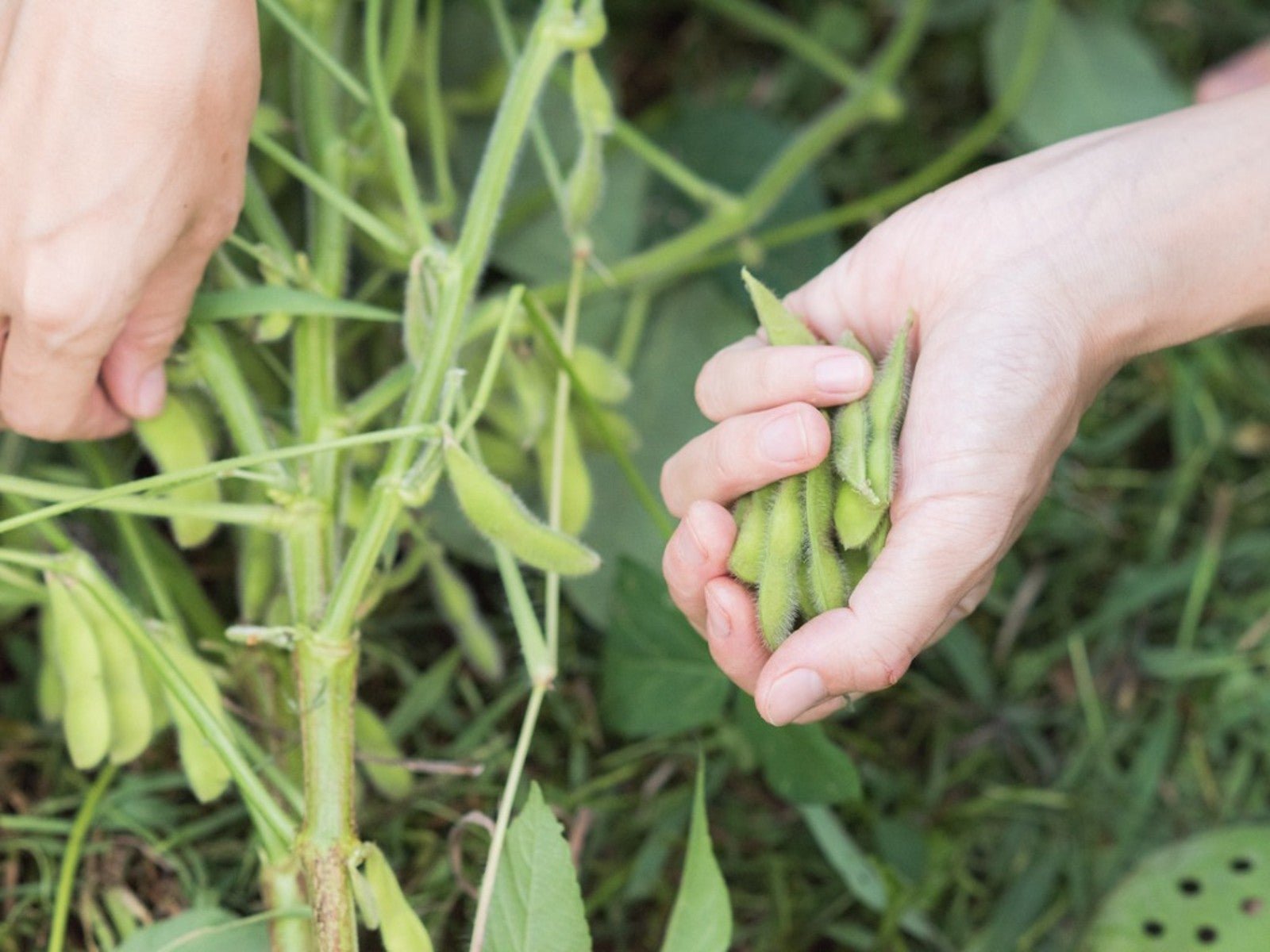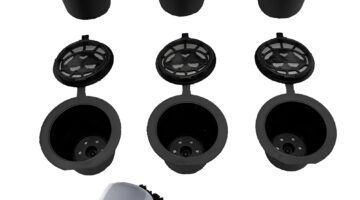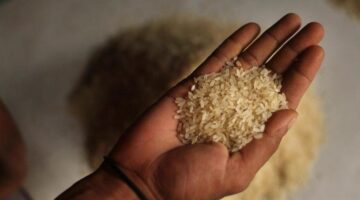
Ultimate Guide: How To Harvest Soybeans Like A Pro
To harvest soybeans successfully, timing and technique are key. Begin by checking the moisture content of the beans, aiming for around 13-15%. Then, using a combine harvester, adjust the header to cut the soybean plants a few inches above the ground. Next, thresh the beans to separate them from the plants, and finally, store the harvested soybeans properly to maintain their quality. Remember, knowing how to harvest soybeans efficiently can significantly impact your yield and overall success in the field.
Harvesting Soybeans: A Step-by-Step Guide
Welcome to our comprehensive guide on how to harvest soybeans! Whether you’re a farmer or just curious about the process, this article will walk you through the steps involved in harvesting this versatile crop. From planting to harvesting, soybeans go through various stages before they are ready to be picked. Let’s dive in and learn how to harvest soybeans efficiently and effectively.
Understanding Soybeans
Before we jump into the harvesting process, let’s first understand what soybeans are and why they are an essential crop. Soybeans are legumes that are high in protein and are commonly used for food, animal feed, and even biofuel production. They are a valuable source of nutrients and are grown in many parts of the world.
Planting Soybeans
The first step in harvesting soybeans is, of course, planting them. Farmers typically plant soybeans in the spring when the soil has warmed up and the risk of frost has passed. Soybeans need plenty of sunlight and well-drained soil to grow successfully.
When planting soybeans, farmers need to consider the spacing between the rows and the depth at which the seeds are planted. This ensures that the soybeans have enough room to grow and develop properly.
Caring for Soybeans
Throughout the growing season, soybeans require regular care to thrive. This includes monitoring for pests and diseases, providing adequate water, and applying fertilizers as needed. Farmers also need to watch for weeds and take appropriate measures to control them.
Proper care and maintenance during the growing season are essential for healthy soybean plants and a successful harvest.
The Harvesting Process
Harvesting soybeans is a critical step in the crop’s lifecycle. It involves removing the soybean plants from the field and collecting the beans for further processing. Let’s break down the harvesting process into detailed steps:
1. Checking for Maturity
Before harvesting soybeans, it’s crucial to determine if the plants are mature and ready for harvest. Mature soybeans will have turned from green to a yellowish color, and the pods will feel firm to the touch. The leaves of the plant may have also started to turn yellow and drop off.
2. Preparing the Equipment
Harvesting soybeans requires the use of specialized equipment, such as a combine harvester. Farmers need to ensure that the equipment is in good working condition and properly calibrated for soybean harvest.
3. Timing the Harvest
The timing of the soybean harvest is crucial to ensure optimal yield and quality. Ideally, soybeans should be harvested when the moisture content is between 13% to 15%. Harvesting too early can result in lower yields, while waiting too long can lead to shattering of the pods.
4. Harvesting the Soybeans
Once the soybeans are mature and the equipment is ready, it’s time to start harvesting. The combine harvester cuts the soybean plants and separates the beans from the pods. The beans are then collected in a hopper for transportation.
Harvesting soybeans can be a dusty process, so it’s essential for farmers to wear appropriate protective gear, such as masks and goggles, to stay safe.
5. Post-Harvest Processing
After the soybeans have been harvested, they may need further processing depending on their intended use. This could involve cleaning, drying, and storing the beans before they are sold or used for processing into various products.
Harvesting soybeans is a crucial step in the agricultural process that requires careful planning and execution. By following the steps outlined in this guide, farmers can ensure a successful soybean harvest and high-quality beans for various purposes. Remember to always monitor the maturity of the plants, time the harvest correctly, and use the appropriate equipment for the job. Happy harvesting!
Hopefully, this guide has provided you with valuable insights into the world of soybean harvesting. If you have any further questions or would like to learn more about soybeans, feel free to reach out. Stay tuned for more informative articles on agriculture and farming!
How does a farmer know when to harvest soybeans
Frequently Asked Questions
What are the optimal conditions for harvesting soybeans?
Optimal conditions for harvesting soybeans include when the seeds have reached physiological maturity, typically indicated by dry pods and yellowing leaves. It is best to harvest when the soil moisture is around 13-15% to prevent shattering and minimize seed loss during harvesting.
How should I prepare my equipment for soybean harvesting?
Prior to harvesting soybeans, ensure that your equipment, such as combine harvesters and grain carts, is in good working condition. Check and adjust the settings on the combine to suit soybean harvesting, including the rotor speed and concave clearance to prevent seed damage.
What is the recommended harvesting technique for soybeans?
The recommended harvesting technique for soybeans involves running the combine at a consistent speed, usually between 3-4 miles per hour, to maintain efficiency and prevent seed losses. Pay attention to the cutting height to minimize soil and debris in the harvested crop.
Final Thoughts
In conclusion, harvesting soybeans is a crucial step in the farming process. To harvest soybeans successfully, ensure the crop is mature and moisture levels are optimal. Using a combine harvester, carefully cut the soybean plants close to the ground. Next, thresh the soybeans to separate the seeds from the pods. Finally, store the harvested soybeans in a dry and well-ventilated area. Following these steps will help you efficiently and effectively harvest soybeans.




